Citroën design strategy director Mark Lloyd is the kind of bloke who sees opportunities, not problems.
“Back in 2009, it was a pretty bad time for the economy,” he says. “I gave a presentation about where I thought we should go.
"I opened it with images of world catastrophes from throughout history and highlighted the effects of those situations on accelerating change. I wanted to demonstrate the energy that can be harnessed from times of stress.”
Fast forward to a sunny day in April 2015 in the centre of Paris, and Lloyd is a vision of contentment, as well he might be as he navigates the traffic at the wheel of a C4 Cactus, a deliberately polarising car that his stark words in the boardroom six years earlier helped to make a production reality.
It’s for that foresight, coupled with a relentless desire to think differently, that Lloyd has been honoured with the 2015 Sturmey Award, named after Autocar’s founding editor, Henry Sturmey.
The award was created in 2014 to salute innovation and achievement in the motor industry, and Lloyd was selected by judges not just for his work on the Cactus, the underlying philosophy of which will influence future Citroën design, but also his role in establishing the DS brand.
Lloyd arrived at these pivotal roles after an early career that stands out for its glittering success and a slightly wilful approach to attacking convention.
“As a child, I was interested in sailing boats, and it was the Weymouth Speed Week that fascinated me,” he says.
“People went along with weird and wonderful creations trying to beat speed records.
"It was always fascinating to see what they came up with and I’d make models out of balsa wood trying to recreate them and make them go even faster.”
Faced with a quandary of what to study at university, Lloyd weighed up engineering, architecture and photography before – unusually – settling on the one with the most stable prospects.
Even then, a curve ball wasn’t far away: he graduated from Cambridge with an engineering degree, having specialised in fluid mechanics, knowing he didn’t want to be an engineer.
Instead, he earned a place at the Royal College of Art.
“You have to remember that 99% of the people on that course had studied design,” he says. “I came from engineering, where you only draw technically.”
Fortune was on his side, though, because his background intrigued both Jaguar, who paid for his studies and brought him into their design studio, and the Royal College, who also pushed him to co-study with the Imperial College of Science and Technology.
Three years at Jaguar convinced Lloyd that he had taken the right path.
Working in a team led by Geoff Lawson, he recalls a learning period from which, he says, “I couldn’t have asked much more”.
Highlights included working on the design and aerodynamic development of the XJ220, a left-field project that he describes as “adventurous”.
Inevitably, though, such opportunities were few and far between and it became clear that restrictions came with working for such an established – and small – brand.
Enter an opportunity at Citroën in 1989. Well versed in France, French and Paris, Lloyd had no qualms about being the Englishman abroad.
“At Jaguar, there was heritage and symbolism that had to be recognised. At Citroën, I was excited by a brand that had lost a little bit of what it stood for.
"It was – and still is – a company with technological heritage in terms of suspension, aerodynamics and so on, but also one that created cars with unique appearances and functions.
"It wasn’t expressing it at the time, but I felt certain that a company that doesn’t have a history of thinking differently isn’t going to start thinking differently. It was intriguing.
"I kept asking myself what it was about this company that allowed it to come up with this wonderful back catalogue. So I joined.”
Listen to Lloyd discuss the life and influences of early figureheads André Citroën, André Lefèbvre, Pierre Michelin and Pierre-Jules Boulanger and it is hard not to get drawn into the allure of the company culture.
As divisive as it was sometimes diverse, Citroën has a history that takes in everything from pioneering mass production in Europe to inspirational if potentially distracting management friendships with the post-World War 1 party set, including Charlie Chaplin and celebrated dancer, equal rights activist and resistance supporter Josephine Baker.
Understand that and you need never again question how the 2CV, SM, DS, XM, BX or even hydropneumatic suspension came into being.
Nor, you might add, today’s DS or Cactus, although the path to production wasn’t straightforward for either.
Lloyd is eloquent, thoughtful and precise, but ask him if Citroën was a hive of alternative thinking when he joined and the answer is as brief as you’ll get: “No.”
It took 20 years, but with experience came trust and opportunity.
“From 2000 onwards, design at Citroën was becoming more expressive, more cultural, better equipped and so on,” says Lloyd.
“We began working on this idea of a premium line of products, so we came up with all the identifiers and visual codes and initiated the DS brand, albeit then attached to Citroën.
"It was interesting, because there is a long history of car companies sticking badges on their cars without success. The DS3 worked because it is a great-looking car, is adorable to drive and, I think, because of the heavy visual signing that was unusual.
"That logo sets the brand. It’s edgy, intriguing, a little bit indecipherable. It almost belongs to a semi-religious sect and it certainly doesn’t owe anything in terms of looks to what’s gone before in automotive.”
Compared with the launch of the Cactus, Lloyd describes the late 2009 launch of the DS3 as “straightforward” – and he’s not kidding.
The first C-Cactus concept car wasn’t Lloyd’s work and was unveiled in 2007, showcasing a brutally stripped-back philosophy that found favour with the industry and public, but for which there was no business case when the cost of production was weighed against what people said they would pay for it.
In early 2009, Lloyd revisited the idea and – following that fateful presentation – started to find a company management increasingly receptive to new ways of doing business.
“We had the crisis and we had a growing realisation that cars were heading in the wrong direction,” he says.
“They were getting more and more complex to operate. They were getting heavier.
"Design was in a cul-de-sac where everyone seemed to think they needed sculpted metal to express power and dynamism on even a 75bhp supermini.
"Don’t get me wrong: there are beautiful vehicles out there. But we wanted to do it differently.”
The Cactus story is well told, but looking into his company’s past inspired Lloyd and his team to rethink the modern car.
Out went seamless, integrated exterior design and in came separate bumpers and Airbumps. Inside, the dashboard was reassembled around a central touchscreen, with as few distracting functions as possible on display – and those that were, such as the air vents, were separated out and celebrated.
With less equipment came less weight – a virtue that keeps on giving, from enhanced dynamics to lower fuel consumption.
Time will tell if the crisis-born Cactus really is a step change in thinking, but there’s no question that it will redefine Citroën for at least the next 10 years.
“Cactus isn’t anti-fashion. It is an adventurous new form of fashion,” says Lloyd.
“It’s not different for the sake of it. It was born out of an analysis of use. I found some of the design in cars had become oppressive and complex to interact with. It was stressful.
"So we went back to our origins in design and engineering.
"Today, almost every car company knows how to make reliable cars, quality cars, cars with great technological content and even great-looking cars. Everybody has the capacity to make a great car.
"Given that’s the case, then how do you differentiate? This is our answer. Some people won’t like it, but a lot will love it.”
Get the latest car news, reviews and galleries from Autocar direct to your inbox every week. Enter your email address below:

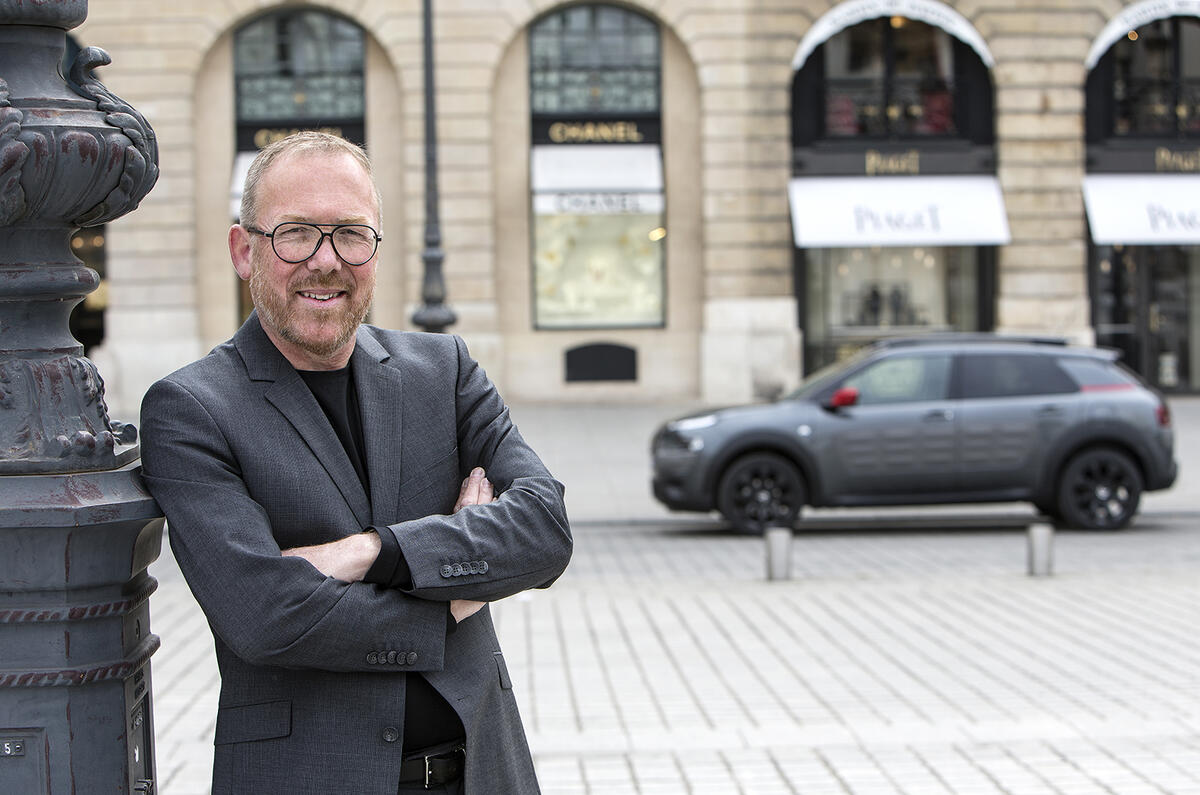

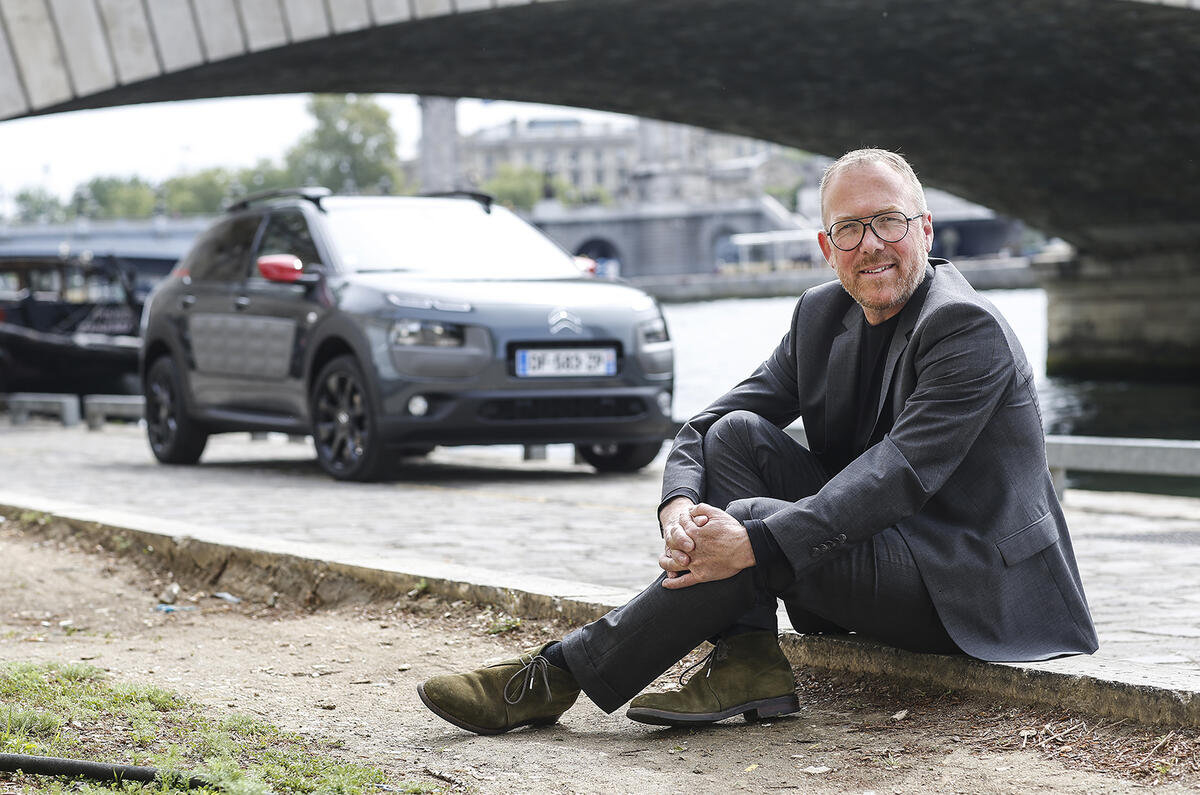
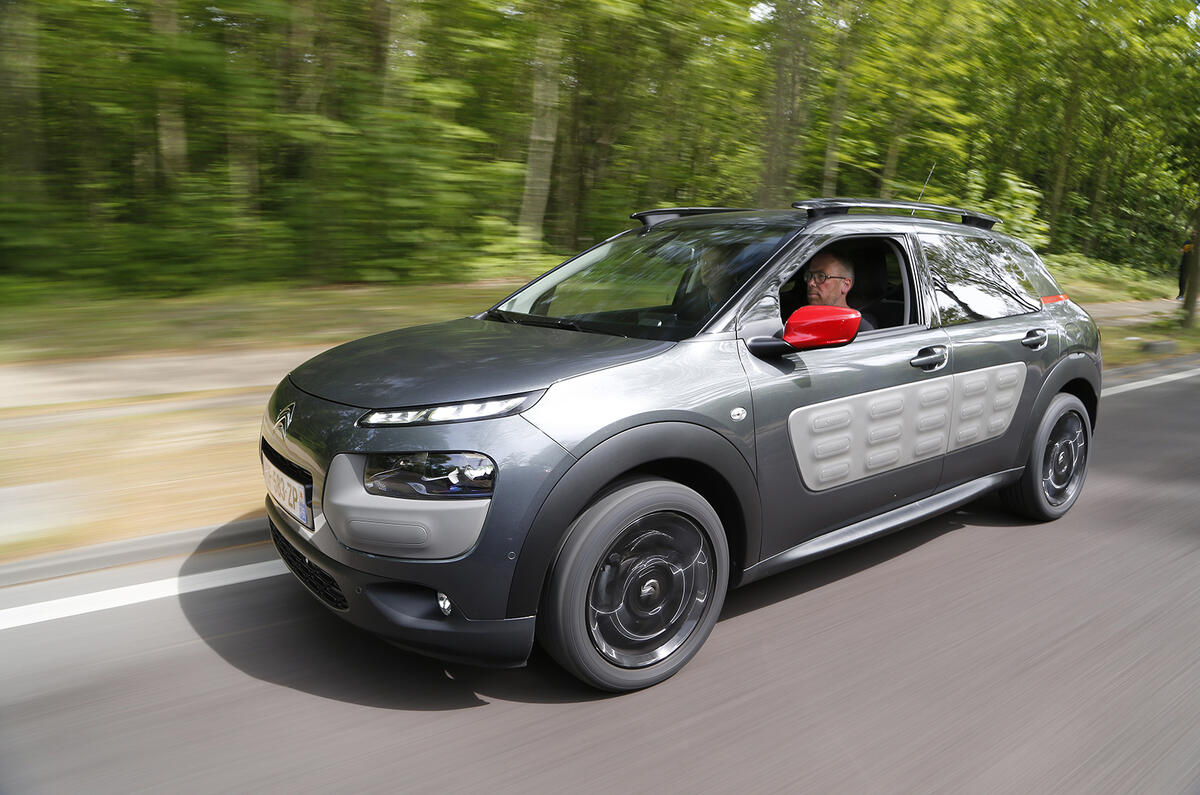
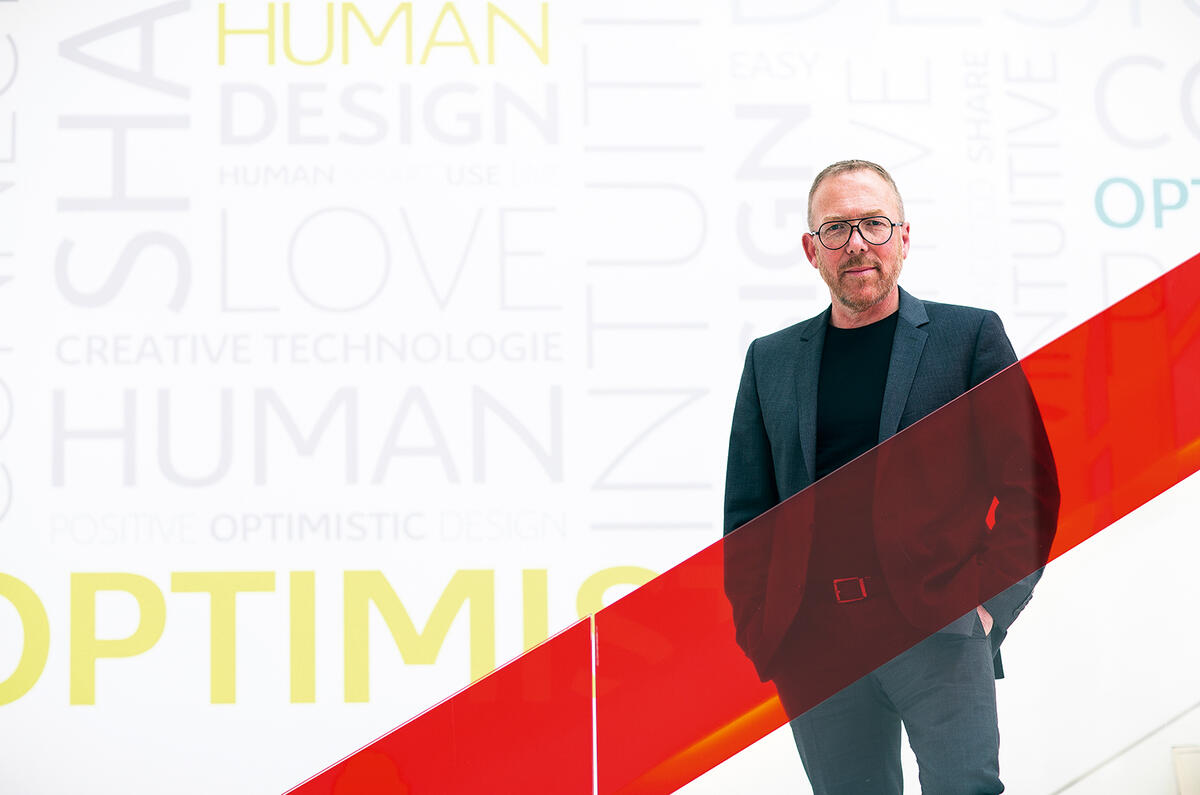
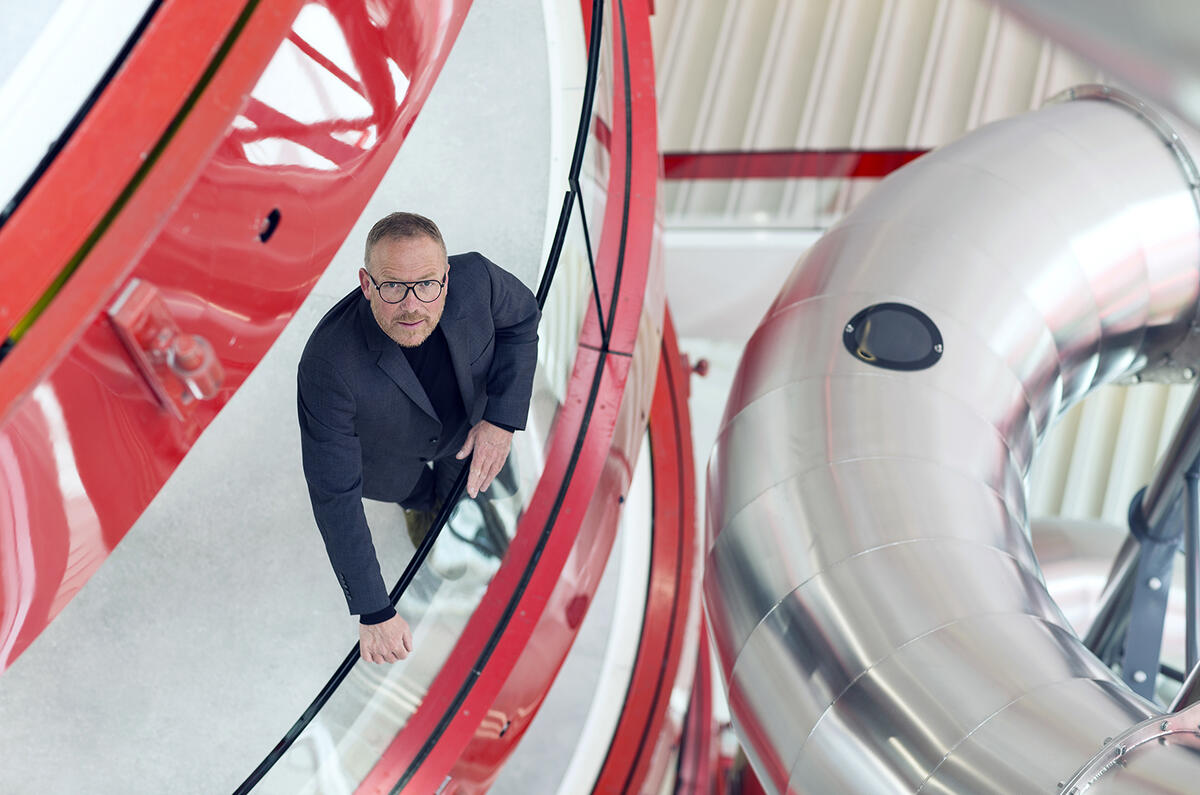





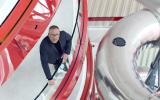


Join the debate
Add your comment
Citroen's design legacy.
Other than some appearance and styling signatures like great new technology headlights,(now left to the Germans)or partially covered rear wheels,(last used by Honda to denote aerodynamics on their Insight hybrid, so we know they recognise what they denote), what great distinctive trademark success from Citroens now important past can be re-introduced?
Perhaps it will be Citroen's greatest technological achievement, Hydro-pneumatic suspension. Automatically self levelling, with selectable variable ride height, giving a great ride and at the same time, capable of improving handling so much, it's use was banned in WRC and McLaren uses it in their top road cars.
And even better only two other manufacturers have used it, Rolls Royce and Mercedes Benz.That might help with marketing?
With SUV- type vehicles becoming the most common market type and height adjustable suspension options appearing further down in other maker's ranges,perhaps now would be a good time to re-introduce it. No license fees need be paid or tooling developed as the system was developed and is owned by the company.
If Citroen is to regain and retain their autonomy and their reputation as design leaders AND as technology leaders surely they must?
Or perhaps they'll just introduce those DS(original) high level pod mounted rear indicators? After all, that would be easier, and quirky with a nice sheen of practicality.